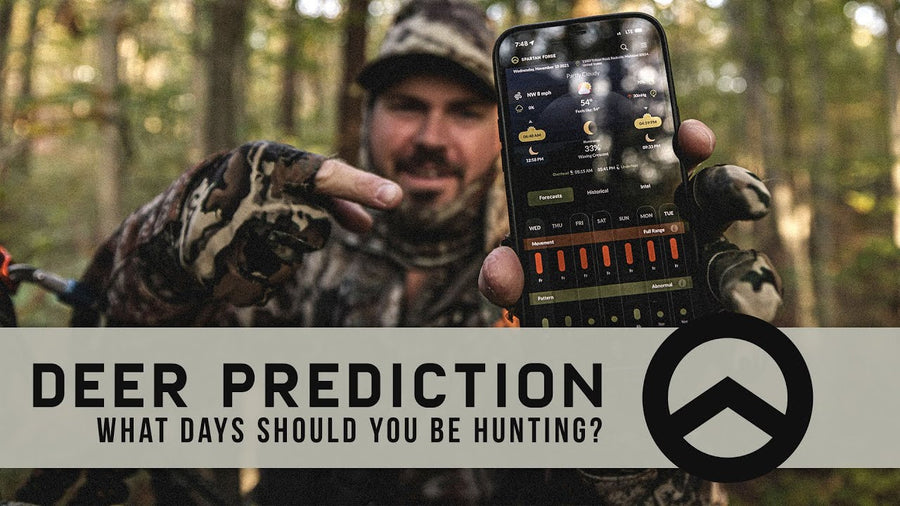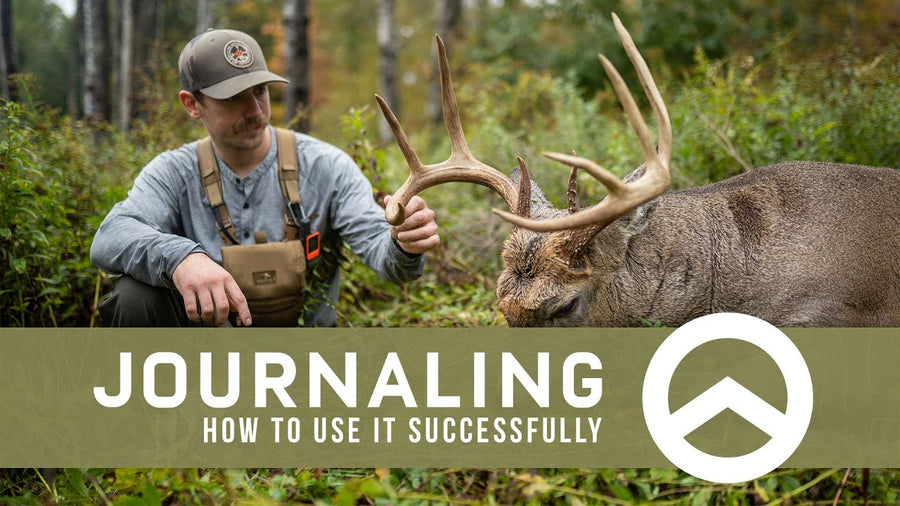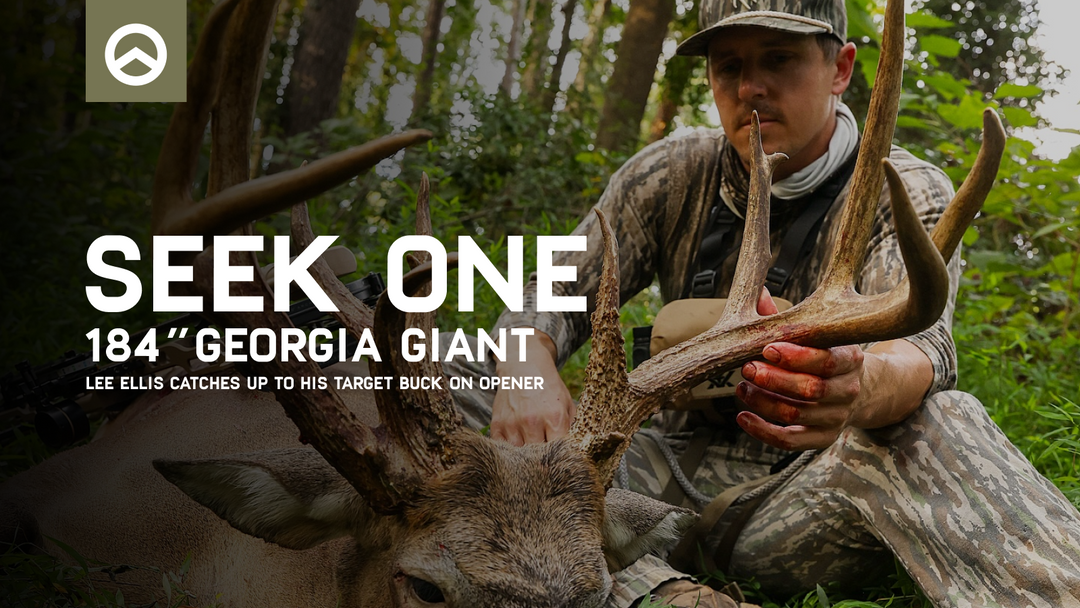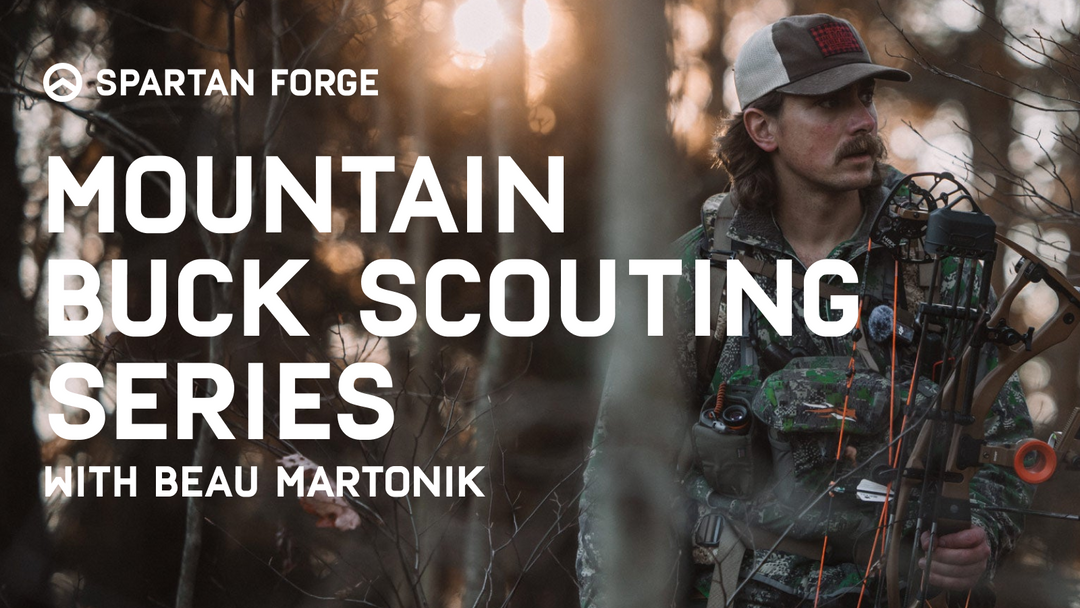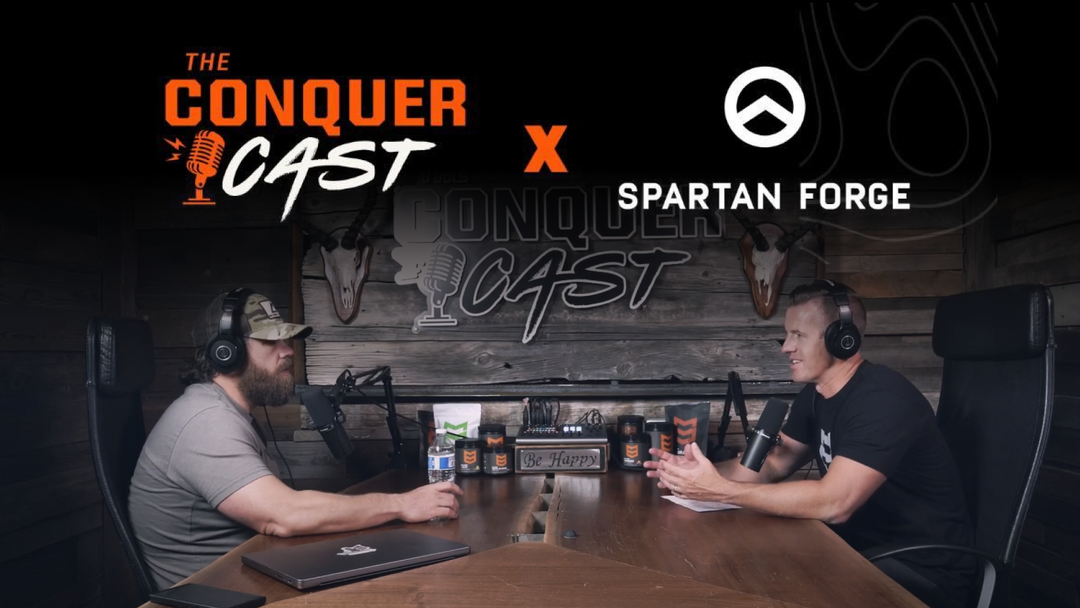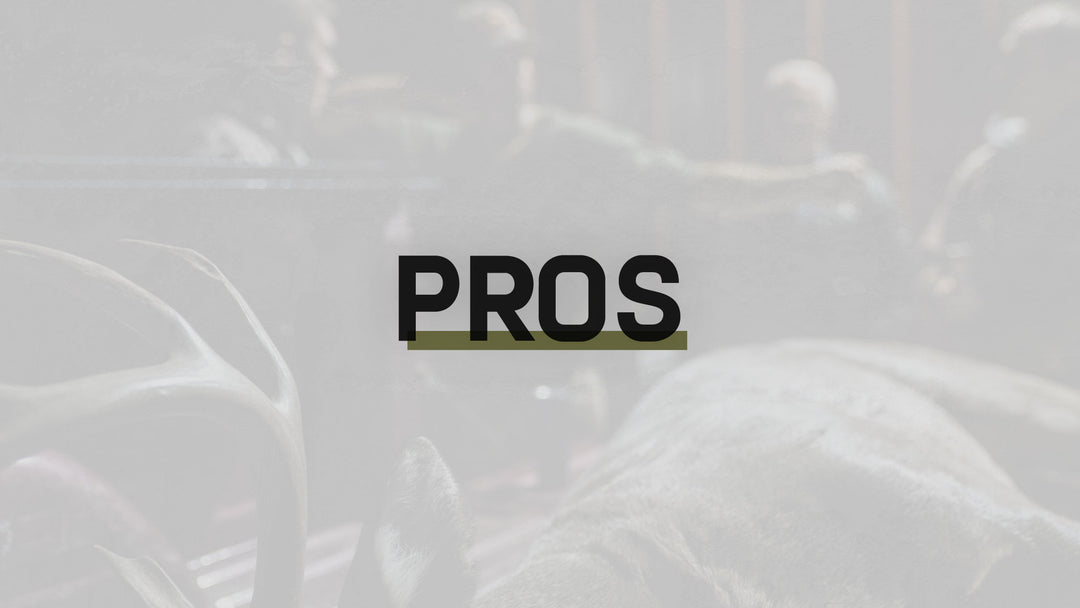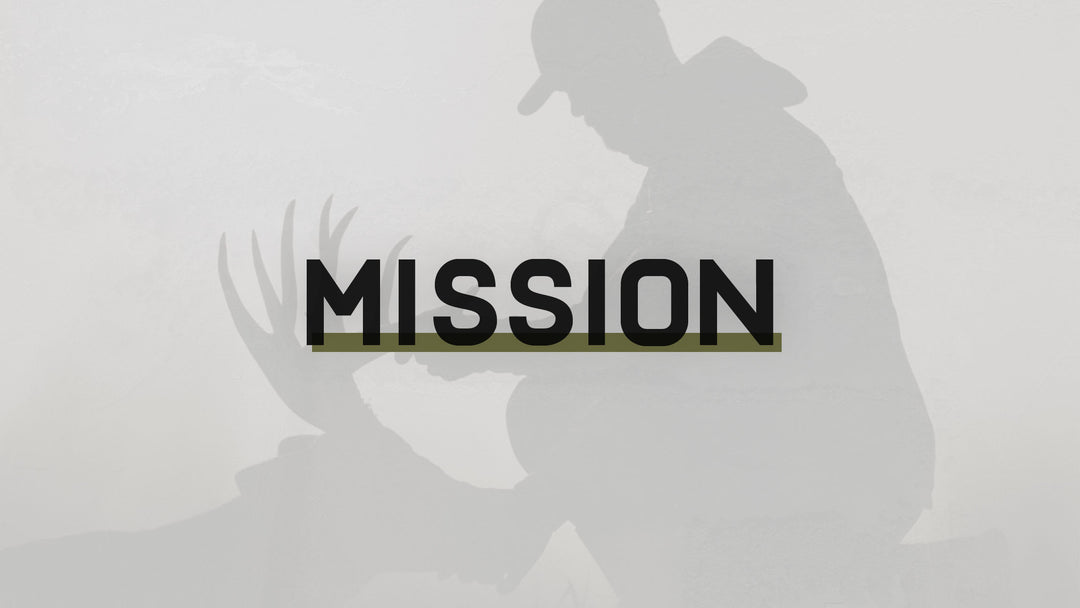When to Call and When to Shut Up
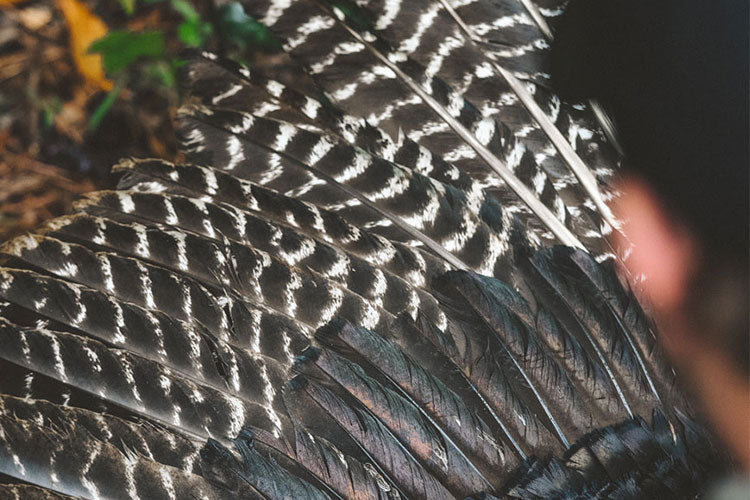
Calling is so much a part of turkey hunting that the two terms are almost interchangeable. Without the ability to create natural-sounding vocalizations to lure in gobblers, turkey hunting would be nothing more than just a guessing game, hoping one would appear and come into range at some point. Fortunately, there are people a lot smarter than me who continually design calls that fool even the weariest of longbeards. They truly are the best weapon we have, but when used poorly, they do a lot more harm than good. With a little practice, it isn’t hard to sound like a turkey – or at least good enough. Where the problem lies for a lot of hunters, however, is knowing when to call and when to shut up. When to be loud, and when to be quiet. When to yelp, and when to choose a different vocalization. This all comes with a lot of trial and error, and a little heartache. But there are a few things to keep in mind that can shorten the learning curve, and it starts with knowing when to stop calling.
Less is More (seriously)
One of the quickest ways to ruin a promising hunt is to call too much. When you get a gobbler to respond, he knows exactly where you are. You don’t need to keep telling him. In fact, doing so can cause him to act as if he thinks you’re coming to him. I’ve had the most success with getting a longbeard fired up from a distance and then playing hard to get. Every situation is different, but I’ll walk you through a recent successful hunt to illustrate my point. On the morning of the hunt, nothing was gobbling from the trees, which was uncommon for the property I was hunting. I chalked it up to the overnight rain and overcast skies. I cut and yelped at around 7:20AM because I knew that wherever the turkeys were, they were on the ground by then. Nothing responded, so I hit it again and waited. About 10 minutes later, a loud gobble rang out from maybe 150-200 yards away. I was silent. It rang out again, this time followed by two other gobbles. I had called in three longbeards. They weren’t coming closer, though. They were just staying in one spot gobbling about every 20 seconds or so. They could likely see my Avian-X Lookout Hen through the trees, but they had not yet broken her way.


Finally, when I realized they needed a little realism, I picked back up my pot call and started to purr and cluck as lightly as I could, while being just loud enough for them to hear. They fired off and came a little closer, so I put the call back down. But they hung up again around 100 yards, just staring at my decoy. After a few minutes, afraid they were decoy-shy, I did the same thing. They moved closer. At about 35 yards behind some brush, they hung up again. So, I used the call one more time to get them to break the rest of the way. The first longbeard that crossed in front of my open blind window took an arrow to the heart. So many things went right about that hunt, but calling too much or too loudly would have surely ruined the whole thing. When they initially responded to the call, it was obvious they were interested, so why would I have called again? I just let them come. When they hung up, that’s when they needed a little coaxing with real vocalizations at a natural volume.
Turkeys know how turkeys sound and they know how loud they are at certain distances. If you’ve ever been 10 yards from a feeding hen, you know that her purrs are almost inaudible, and her clucks aren’t too much louder. Real sounds at a natural volume are what brought those longbeards in. The reason I’m confident in that kind of calling is because I’ve seen it work so many times. And that kind of caution with calling needs to be amplified on public land where turkeys are often call-shy and not as vocal as on private land.
Only Call When You Have To
In the above example, I needed to call early because I didn’t have a turkey close by. But then when I had one hot and responding, I absolutely did not need to call again. That is until he hung up. A few hunts before the previous example, I had two fired-up longbeards responding from a few hundred yards away. I’d get them to respond and I’d shut up, only to have them gobble sometime later from the same location. So, I’d cut and yelp again and they’d respond, but wouldn’t break my way. Finally, I cut and yelped three different times with them responding each time in succession just to try one last time to get them fired up enough to come to my field. Once I heard them gobble around 10 minutes later from a much closer distance, I knew I had them, so I didn’t call again. I just let them keep doing what they were already doing, which was coming to the “hen.” Later in that hunt, I had them at 37 yards out of a window I couldn’t squeeze an arrow through. That hunt didn’t end with a used tag, but it was another example of how calling is only necessary until it’s not. Then, you just have to rely on a turkey’s natural curiosity and instincts to get them the rest of the way.

You Can Never Call Too Little
Remember, you can never call too little, but you can always call too much. When you get a gobbler that’s responding and getting closer, there’s no need to risk turning him the other way. If you need to call again to coax him in, purring and clucking softly oftentimes does the trick. But again, it’s only necessary when you’ve got a hung-up bird. So, practice patience and soft calling. You’ll thank yourself when you’re walking out with one slung over your shoulder.
Written by Alex Killman at Southeastern Bowhunting
